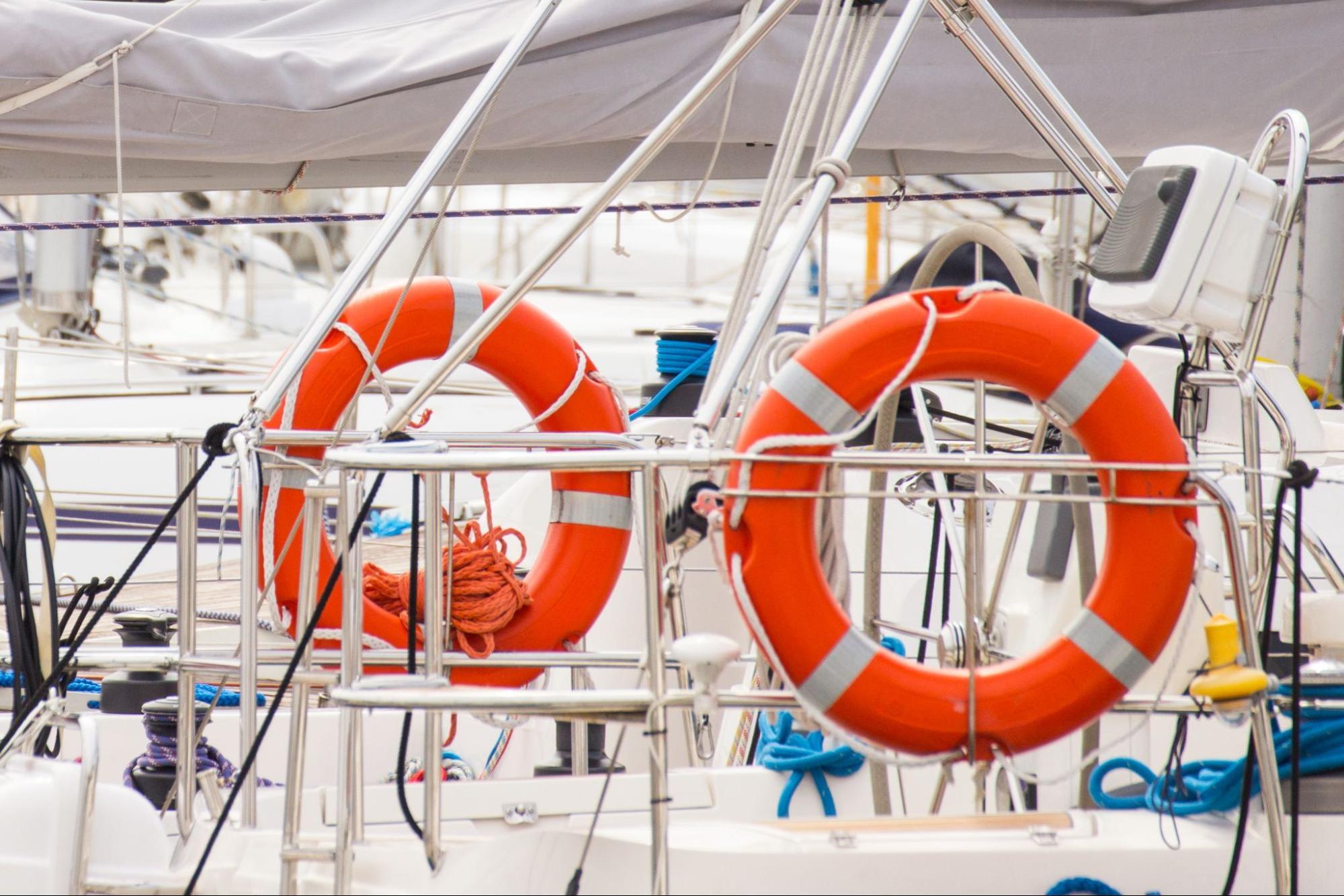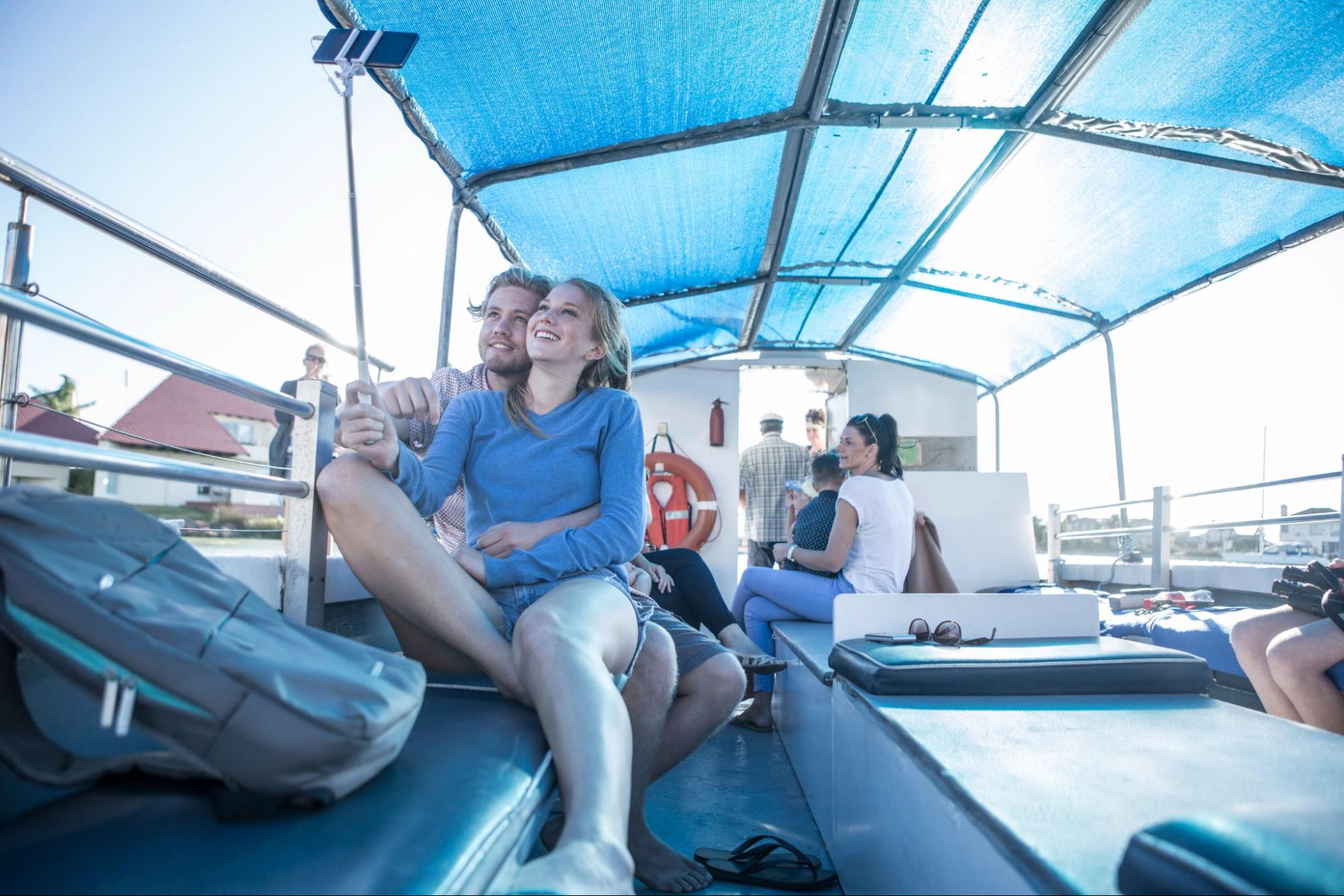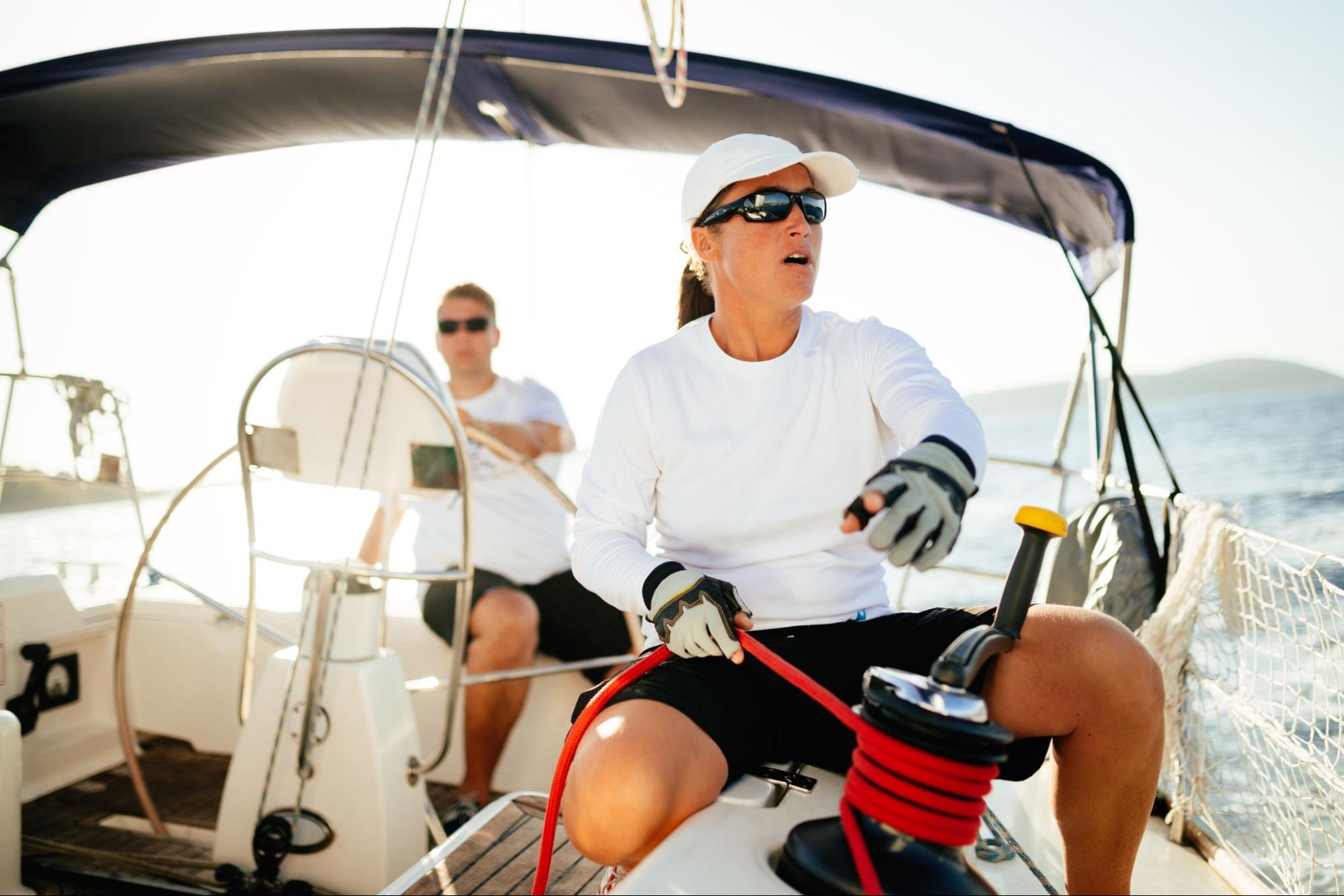Understanding Boat Safety Regulations

Understanding Boat Safety Regulations
For water enthusiasts, the thrill of boating lies in the freedom to explore open waters, the serenity of a peaceful lake, or the excitement of a day filled with watersports. However, this freedom comes with the responsibility of ensuring safety for oneself and others. Boat safety regulations are not just bureaucratic hurdles but essential guidelines designed to protect lives and preserve the marine environment. These rules help prevent accidents, safeguard wildlife, and ensure every outing remains a pleasure rather than a peril. A thorough understanding of these regulations is beneficial and crucial for every boater to make the most of their time on the water while maintaining safety and compliance.
Mandatory Safety Equipment
Every boat must have specific safety equipment regardless of size or type. This gear includes life jackets, fire extinguishers, and sound-producing devices like whistles or horns. The requirements can vary based on the vessel’s size and type. For instance, larger boats need more comprehensive safety kits, including life rafts and flares. Regular maintenance and inspection of this equipment are crucial to ensure they are functional when needed. Neglecting these checks can lead to equipment failure during emergencies, compromising safety.
Operator Requirements and Responsibilities
Operating a boat requires specific knowledge and skills, which is why many regions mandate licensing or certification. These certifications often require passing a safety course that covers navigation, emergency procedures, and local regulations. Age requirements for operators can vary, with many places setting minimum age limits. Operators must understand their responsibilities, including monitoring weather conditions, ensuring passenger safety, and following navigational rules. Proper training and awareness can prevent accidents and enhance the overall safety of boating activities.
Navigation Rules and Signage
Navigation rules are akin to road rules but for waterways. They include right-of-way rules, speed limits, and guidelines for overtaking other vessels. Additionally, boaters must understand the meaning of various signs and signals, such as buoys and markers, which indicate safe paths or hazards. Ignoring these rules can lead to dangerous situations, including collisions and grounding. Adhering to navigation rules ensures the safety of all waterway users and helps maintain order on the water.
Environmental Regulations
Boating can impact the environment, so strict regulations concerning waste disposal and pollution exist. Boats must have systems for handling waste, such as holding tanks for sewage. It’s also essential to be aware of fuel spills and take steps to prevent them. Moreover, regulations often protect sensitive wildlife and habitats from the impact of boating activities. For instance, certain areas may restrict anchoring to preserve coral reefs. Boaters should be mindful of their environmental footprint and strive to minimize it.
Safety Regulations for Specific Activities
Engaging in water sports, fishing, and diving requires adhering to specific safety rules tailored to each activity. Water sports mandate having an observer, alongside the driver, to monitor participants and communicate effectively. Proper equipment, including tow lines and life jackets, prevents accidents. Fishing regulations often involve restrictions on the size and number of fish that can be caught and specific gear requirements to protect local ecosystems. Divers must use dive flags to signal their presence in the water and be knowledgeable about local marine environments, including potential hazards and regulations on protected species.
Seasonal and Regional Considerations for Various Activities
Seasonal and regional factors significantly influence boating activities and their associated regulations. In colder climates, boaters must prepare for icy conditions and cold water, while tropical regions may enforce strict rules to protect coral reefs and marine life. Seasonal regulations might include speed limits during wildlife migration periods or restrictions during fishing seasons to protect spawning grounds. Regional variations can also dictate rules on anchoring, waste disposal, and environmental protection, making it crucial for boaters to stay informed and comply with local laws to ensure safety and environmental conservation.
Pontoon Boats and Safety Considerations
Pontoon boats, famous for their stability and spaciousness, are often used for leisurely activities like fishing, lounging, and family outings. While they are generally safe, there are specific safety considerations to remember. Due to their flat, open decks, it’s crucial to ensure all passengers wear life jackets, especially children and non-swimmers. Pontoon boats can be susceptible to capsizing in rough waters or when overloaded, so adhering to weight limits and avoiding choppy conditions is essential. Additionally, pontoons often need more speed and maneuverability than other boat types, making it necessary to maintain awareness of surroundings and avoid congested or high-traffic areas. Pontoon boaters can enjoy a safe and enjoyable time on the water by following these guidelines.

Emergency Preparedness and Response
Preparing for emergencies is a crucial part of boating safety. This preparation includes having a well-stocked emergency kit, first aid supplies, and signaling devices like flares or radios. Communication devices, such as VHF radios, are vital for contacting authorities or other boats in case of trouble. Knowing the protocols for handling different emergencies, whether a medical issue or a mechanical failure, can save lives. Regular drills and reviews of emergency procedures help ensure everyone on board knows what to do in a crisis.
Legal Consequences of Non-Compliance
Adherence to boat safety regulations can result in severe consequences. Depending on the severity of the infraction, these can include fines, license suspension, or even imprisonment. Additionally, violations can lead to civil lawsuits, especially if negligence leads to injury or environmental damage. Beyond legal repercussions, non-compliance can tarnish an individual’s or business’s reputation. Understanding and complying with all relevant regulations is essential to avoid these adverse outcomes.
Continuous Education and Updates
The landscape of boat safety regulations is constantly evolving. Staying updated with the latest rules and best practices is crucial for every boater. Resources such as boating safety courses, workshops, and online portals offer valuable information. Participating in these educational opportunities helps boaters remain compliant and fosters a safety-conscious community. Continuous learning is critical to adapting to new challenges and ensuring a safe boating experience.
Tips for New Boaters
Starting your journey as a boater can be exhilarating but also daunting due to the sheer amount of information and responsibilities involved. For beginners, understanding the basics is crucial for safety and enjoyment on the water. Here are some tips to help you navigate your new adventure confidently and safely:
Learn the Basics of Boating Safety
Before setting sail, familiarize yourself with the fundamental rules of boating. It includes understanding navigation rules, right-of-way protocols, and essential waterway signage. Many regions offer beginner boating courses that cover these essentials. Taking a course can provide you with the knowledge and confidence needed to handle unexpected situations on the water.
Always Wear a Life Jacket
Life jackets are a non-negotiable aspect of boating safety, especially for beginners. Regardless of your swimming ability, wearing a properly fitted life jacket can be a lifesaver in emergencies. Ensure all passengers have appropriate life jackets and understand how to wear them correctly. Accidents can happen quickly, and a life jacket provides critical protection.
Check Weather Conditions Before Departure
Weather can change rapidly, and being caught in a storm can be dangerous, especially for inexperienced boaters. Always check the weather forecast before heading out, and be prepared to change your plans if conditions look unfavorable. Understanding how to read weather patterns and the signs of approaching storms can help you make informed decisions.
Start With Short Trips
As a new boater, beginning with shorter trips close to shore or in familiar waters is wise. That allows you to gradually build your skills and confidence without the stress of being far from safety. Short trips also make it easier to respond to any issues that may arise, such as equipment failures or navigational errors. Gradually increasing the distance and complexity of your trips will help you become a more proficient boater.
Know How to Use Your Equipment
Familiarize yourself with all the equipment on your boat, including communication devices, safety gear, and navigational aids—practice using these tools in calm conditions to prepare you for an emergency. Understanding your equipment and having a well-maintained boat can prevent minor issues from becoming major problems.
Learning the basics can ensure a safe and enjoyable boating experience. Boating is a lifelong learning journey; building good habits will serve you well.

Safety Drills and Practices
Practicing safety drills is a crucial part of being a responsible boater. Regular drills ensure that you and your passengers are prepared for emergencies, helping to prevent panic and confusion. Implementing these practices can make a significant difference in handling unexpected situations on the water.
Man Overboard Drill
A man-overboard drill is essential for everyone on board to know how to respond if someone falls into the water. This drill involves immediately stopping the boat, keeping the person in sight, and maneuvering to rescue them safely. Practicing this drill helps ensure that everyone knows their role, whether alerting the captain, keeping an eye on the person in the water, or throwing flotation devices. Regular practice can distinguish between a swift rescue and a dangerous situation.
Fire Emergency Drill
Fire on a boat can escalate quickly, so it’s vital to have a clear plan. This drill should include identifying the source of the fire, knowing the location and use of fire extinguishers, and understanding evacuation procedures if necessary. Familiarize all passengers with and practice using the fire suppression systems on board. Being prepared and knowing how to respond swiftly can prevent injuries and damage.
Abandon Ship Drill
While abandoning a ship is rare, knowing what to do is critical. This drill involves learning how to don life jackets, deploy life rafts, and gather essential supplies. Ensure everyone understands the process, including the importance of staying together and how to signal for help. Practicing this drill can help reduce panic and ensure a coordinated emergency response.
Emergency Communication Drill
Communication can be the key to a successful resolution in an emergency; practice using the boat’s communication equipment, such as VHF radios or satellite phones, to call for help. Ensure everyone knows the distress signals and the proper channels to use. Regular drills can help you stay calm and clear-headed when contacting authorities or other boats.
Regular safety drills and practices are not just formalities but essential preparations that can save lives. By routinely practicing these drills, you ensure that everyone on board knows how to respond effectively to emergencies. Safety on the water is a shared responsibility, and being well-prepared is the best way to protect yourself and others.
Historical Overview of Boat Safety Regulations
Understanding the history of boat safety regulations provides valuable context for why specific rules exist today. These regulations have evolved significantly, shaped by technological advancements and lessons from past incidents. This section explores the development of these regulations and their impact on boating safety.
Early Regulations and Their Evolution
The earliest boat safety regulations focused primarily on commercial shipping, addressing overcrowding and inadequate safety equipment. In the 19th century, high-profile accidents led to public outcry and the establishment of the first maritime safety laws. As recreational boating gained popularity in the mid-20th century, regulations expanded to include smaller vessels. Introducing life jackets, navigational lights, and distress signals became standard requirements. These early efforts laid the groundwork for modern comprehensive safety measures.
Technological Advancements and Their Impact
The advent of new technologies has continually influenced boat safety regulations. The development of radar, GPS, and advanced communication systems has improved navigation and safety. Regulations have evolved to incorporate these technologies, mandating their use on larger vessels and encouraging their adoption on smaller ones. Introducing these tools has significantly reduced the number of accidents and fatalities, making boating a safer activity.
Recent Developments and Future Trends
In recent decades, boat safety regulations have increasingly emphasized environmental protection and sustainability. It includes stricter controls on emissions, waste disposal, and the protection of marine ecosystems. The rise of electric and hybrid boats also reflects a shift towards greener technologies. Looking forward, we expect regulations to continue evolving in response to new challenges, such as the increasing use of autonomous vessels and the impact of climate change on maritime activities.
The history of boat safety regulations is a testament to the ongoing commitment to improving maritime safety and environmental protection. Understanding this evolution helps boaters appreciate the importance of these rules and the reasons behind them. As technology and societal values change, these regulations will continue to adapt, ensuring safer and more sustainable boating practices.
Dive deeper into boating safety and tips by visiting our Happy’s Crab Island Watersports blog.
